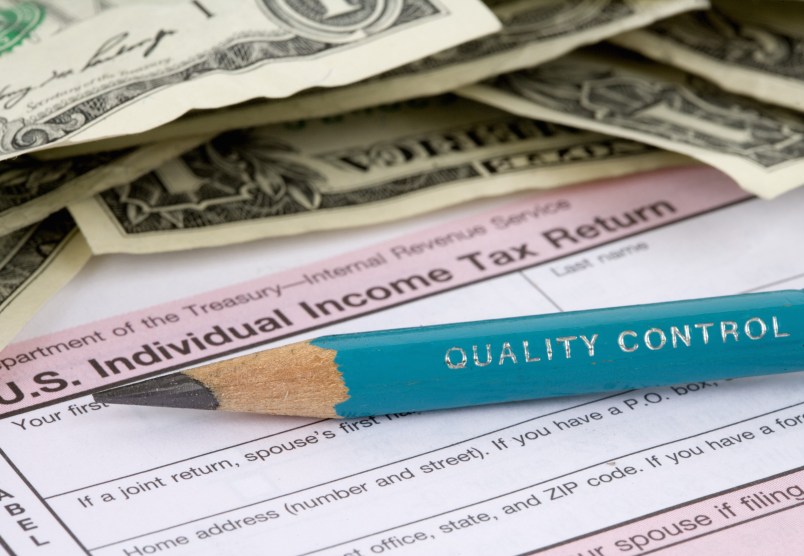Mitt Romney and (apparently) Tim Kaine aren’t the only politicians who have a problem with poor and middle class people paying no income tax.
In April, House Majority Leader Eric Cantor worried “[O]ver 45 percent of the people in this country don’t pay income taxes at all, and we have to question whether that’s fair.”
“Part of the problem is today, only 53% pay any federal income tax at all; 47% pay nothing,” said Rep. Michele Bachmann (R-MN) last July, ahead of her presidential primary candidacy. “We need to broaden the base so that everybody pays something, even if it’s a dollar.”
Just a buck. Sounds like simple idea — maybe even an admirable project for the national community, right? In reality the suggestion has some stunning implications.
“It’s a policy that’s effectively designed to put people into poverty,” says Chuck Marr, director of tax policy at the nonpartisan but liberal leaning Center on Budget and Policy Priorities.
The complaint Romney and others raise isn’t that some people make such small amounts of money that they’re exempt from income taxes. Their beef is with people who — thanks to tax credits and deductions targeted at poor and middle-class workers — pay no taxes on net. Many of those people actually end up paying a negative tax rate — when tax season comes around, they get a cash transfer from the government.
A tax calculator provided by the Tax Policy Center produces tax burden estimates for people and families at different income levels. According to TPC, a typical poor family — two kids, $33,479 in income — has a negative income tax liability of $5,147. Such a family receives over $5,000 a year back from the IRS in what looks just like a tax refund, except they’re getting back more than they ever paid in income taxes. More than half of that comes from the Earned Income Tax Credit. Another $2,000 comes from the Child Tax Credit — both originally conservative ideas that, at least until recently, enjoyed bipartisan support.
Bachmann’s proposal is essentially a new alternative minimum tax and would effectively wipe out those benefits for a huge number of working poor people, and would cost them in some cases thousands of dollars a year. Quite a bit more than $1.
And that would put millions of people at risk of falling back into poverty. According to a CBPP report, “The EITC and CTC, by supplementing the wages of low-paid workers, lifted 9.2 million people above the poverty line in 2010 (under a poverty measure many analysts favor that counts non-cash public benefits and refundable tax credit payments as income).”
“The Earned Income Tax Credit has been put in there as a way to encourage people to work, it’s been extremely successful, and a buffer from downward pressure on low wages,” Marr said. “The EITC keeps 9.2 million people out of poverty and that would be putting that all at risk.”










